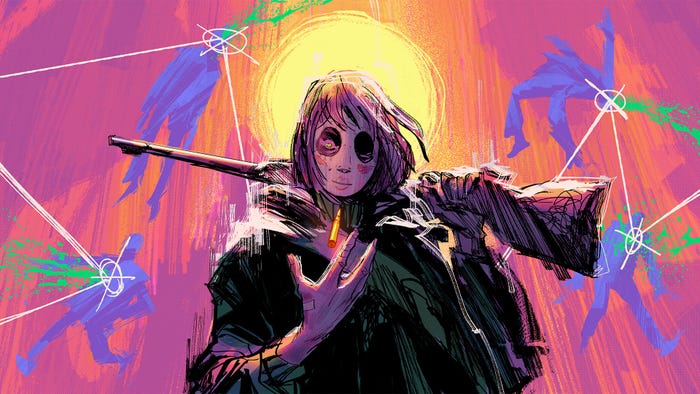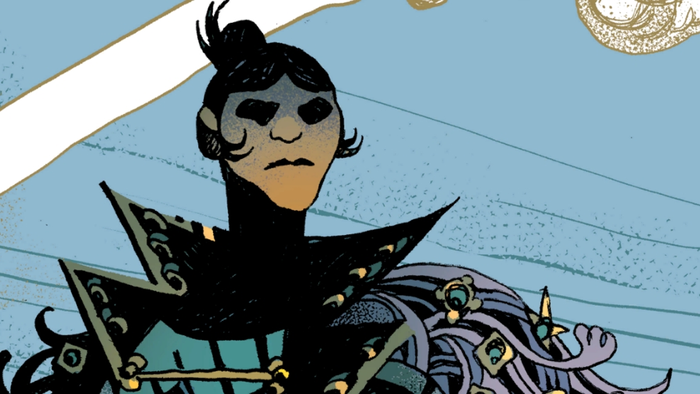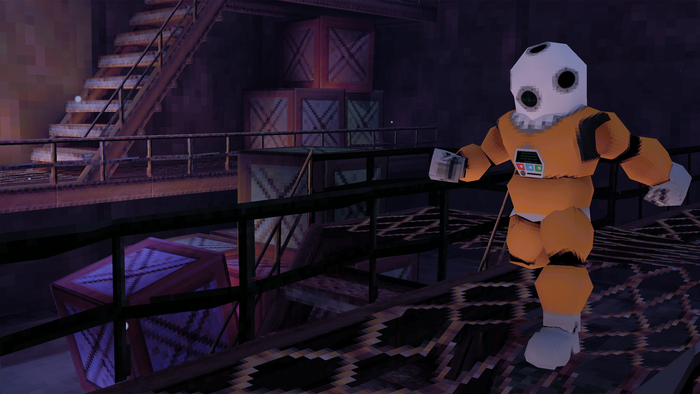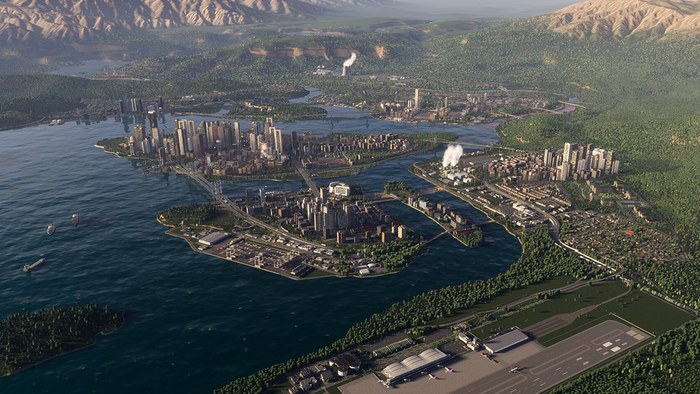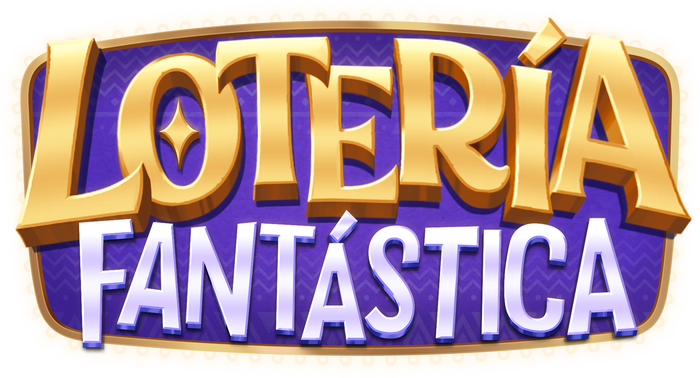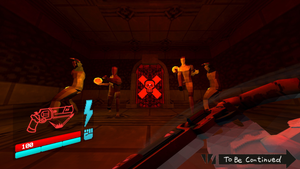At GDC 2014, legendary game developer Yu Suzuki talked about the making of the highly-influential open world 1999 Sega Dreamcast game Shenmue.

At GDC 2014, legendary game developer Yu Suzuki talked about the making of the highly-influential open world 1999 Sega Dreamcast game Shenmue. It’s the first time the affable Suzuki, currently president of his own studio YsNet, has ever got in front of an audience to talk about the making of the game, which broke ground in terms of open world, narrative-driven game design. Prior to Shenmue, Suzuki’s background was in making arcade games including the seminal Space Harrier, Out Run, Virtua Cop, Virtua Fighter, etc. etc. etc. These games were generally designed for a three-minute arcade experience. The project that would become Shenmue was intended to be a long, broad game experience, sort of the antithesis of arcade games. In preparing to create a non-arcade experience, he researched adventure games from the 1980s and RPGs of the 1990s. But he wasn’t satisfied with the interactivity that he experienced in the games. It was in 1995 that Suzuki began to address the issues he had with past games. That year, he had a prototype on the Sega Saturn called “The Old Man and the Peach Tree” — a game set in 1950s China, and the player is searching for a kung fu master named Ryu. “The Old Man and the Peach Tree” became the basic foundation of what would become Shenmue. But before the game became Shenmue, it was Virtua Fighter RPG: Akira’s Story. That game would use the combat and graphics engine of the Virtua Fighter series, albeit in the context of a large action-adventure game. As he was planning out the game, he practiced something he called “borderless development.” Instead of just having game developers on the team to create the game’s story, he enlisted screenwriters, movie directors, playwrights and others to help create the game’s scenarios. “I was concerned that if only game developers were invited that we’d be too literal in our approach,” he said. When it was all said and done, the game had 11 chapters. By 1997 Suzuki had determined to move the game from the Saturn to, what he called at the time, the "next-generation Saturn,” which would be the Dreamcast. Suzuki was quite particular about the structure of the game. He was targeting for five hours of movie scenes; four hours of fighting; four hours of searching room for clues; eight hours of movement and conversation; four hours to study and train martial arts in-game; four hours in dungeons; four hours chapter “interconnects,” such as story and travel; and 12 hours doing “other” activities. In total, that’s 45 hours. “I was thinking of making a game you could play for a long time without getting tired of the gameplay,” he said. All this time, Suzuki and his team were still working on the game as Virtua Fighter RPG. But in 1998, he changed the name to Shenmue. Along with the name change, Suzuki said he rethought the design to follow the principles of “leisurely, fully, gently.” Shenmue would be open world, cinematic have quick-time events and free battle, Suzuki said. “The goal was a fusion of gameplay and movie,” he said. Integrating real-time CG and gameplay was very important to Suzuki. Fitting the game onto a Dreamcast disc was also a challenge. Suzuki and his team came up with creative compression solutions to create the expansive worlds in the game. Otherwise, it would’ve been 50 or 60 discs, which isn’t terribly practical. He also went over some funny bugs that happened during development of Shenmue. The game’s NPC AI was on a schedule — they lived their own “lives,” he said. During testing at one point, the team noticed that one area was empty — there were no NPCs going about their lives. The team figured out what happened. “The cause was a convenience store,” he laughed. “In the morning all of the NPCs in the warehouse district went to get breakfast at the convenience store [at the same specific time]. … And a lot of the NPCs couldn’t get out because they got stuck. We had to put an automatic door on the store and limit the occupancy on the store.” The game also shared motion data between characters. This would lead to a large burly man walking around “like Marilyn Monroe,” Suzuki said. Sometimes cats would walk around on their hind legs like humans. “As engineers it came out that we’d actually used the same skeleton for the cat and human beings,” he laughed. “Our QA team worked 24 hours a day recording video at all times while searching for bugs,” Suzuki added. By the end of the project there were over 300 people on the team, none of whom had past experience with such large teams. “At the time, there were no project management tools like Redmine,” he said. So they just used an action item list in Excel. “At one point, we had over 10,000 [action items].” “It’s frightening to think we managed this project basically by pushing around sheets of paper,” laughed Suzuki. After years of work, Shenmue released in the winter of 1999. Of course, the first question from the audience during the Q&A session was whether we’d see a Shenmue 3 — the series was supposed to be split into three games, but stopped at Shenmue 2. He answered in Japanese, and the translator relayed: “Of course I want to make one, if I have the right opportunity, ‘dot dot dot’…”
Read more about:
event gdcAbout the Author(s)
You May Also Like


